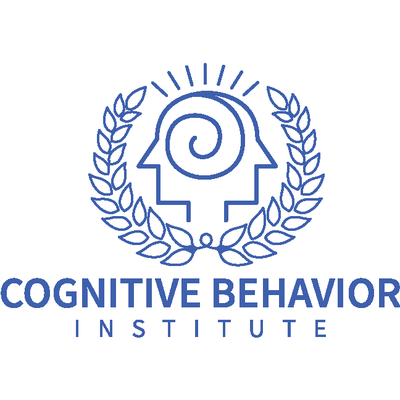
Myths Surrounding Addiction That Led to Public Stigma
- Someone who uses substances or engages in risky behavior lacks willpower and free choice. For years people have understood addiction to be a moral failing, a character defect, and a set of deviant behaviors.
- Addiction is a choice. The addicted individual chooses to engage in illicit substance use or other unhealthy behaviors. If they were to make better choices then they will no longer be addicted.
- Harsh legislation towards both the addicted individual and addiction treatment has caused society to view addicts as criminals. This allowed the public to develop a stigma towards substance users. As a result, many people find it difficult to have compassion and empathy for this population which prevents access to treatment and other resources.
These myths invalidate the reality of one’s experiences and how these affected/may be affecting them. In addition, these beliefs cast shame on the addicted individual rather than encouraging them to access necessary treatment. As a result, addicted individuals suffer from feelings of guilt, stigma, and public disgust.
“Ask Not Why The Addiction, But Why The Pain?”
As soon as a child is born, they immediately begin to crave attachment and connection. When this need is met, the child is soothed and can learn to regulate their emotions. On the other hand, when a child is neglected and not receiving the proper attachment and attunement from their caregivers, there may be a void within the child. As the child grows up, they are conditioned to learn self-soothing behaviors that relieve them of their pain. Oftentimes, these self-soothing behaviors are found within the warm embrace of drugs, alcohol, gambling, and sex. These substances and behaviors are used to anesthetize the individual. In turn, all emotions are muted, slowly but surely depriving the individual of joy, love, and happiness. Destructively, this feeds into symptoms of depression, anxiety and hopelessness which serve to feed the cycle of use and progression towards addiction..
Addiction experts have only recently begun to understand the impact of trauma and loneliness on addictive behaviors. While addiction is still viewed as a disease, the impact of both interpersonal and public trauma is slowly being addressed within addiction treatment. For so long we’ve treated all types of addicts as delinquents. We’ve put them behind bars and made it more difficult for them to access treatment. In the eye of the public, addicts were thrown to the side and neglected. Rather than treating them with compassion like we would with any pained individual, we averted them and paid no attention to their needs. Instead of building the community that they so desperately need, we shun them and intensify their feelings of loneliness. Dr. Gabor Maté says, “We shouldn’t underestimate how desperate a chronically lonely person is to escape a prison of solitude.” When we recognize that trauma can be at the root of addiction, we are not excusing the behaviors but rather we are understanding that there is a reason for their pain and in turn validating them. Understanding that loneliness and trauma can fuel addiction allows society to be less stigmatizing and offer more compassion, resources, and treatment options.
What Can We Do?
If you know someone struggling with addiction, be kind to them. Try and understand that they, “are not bad people trying to be good, but wounded people trying to heal” (Judy Crane). Be compassionate and patient with them. Treatment is not a linear process. For most people, it requires trial and error. Therefore, it is important that we don’t add any more obstacles to their path of healing.
References
Crane, J. (2017). The trauma heart: Stories of survival, hope, and healing. Health Communication, Inc.
Maté, G. (2018). In the realm of hungry ghosts: Close encounters with addiction. North Atlantic Books.
Van der Kolk, B.A. (2014). The body keeps the score: Brain, mind, and body in the healing of trauma. New York, NY. Penguin Books.

